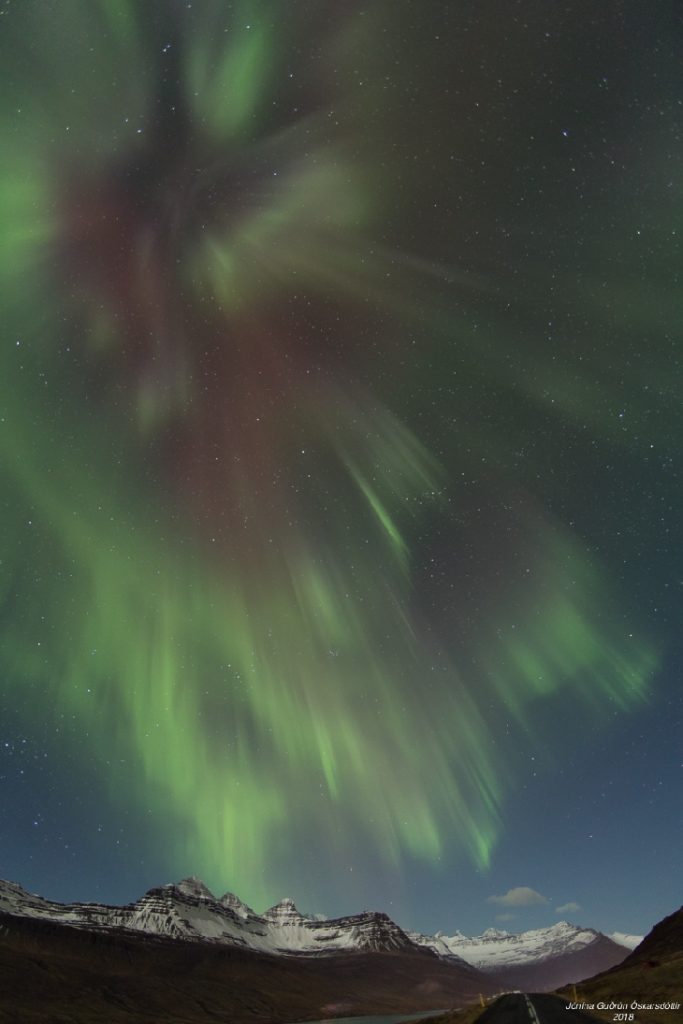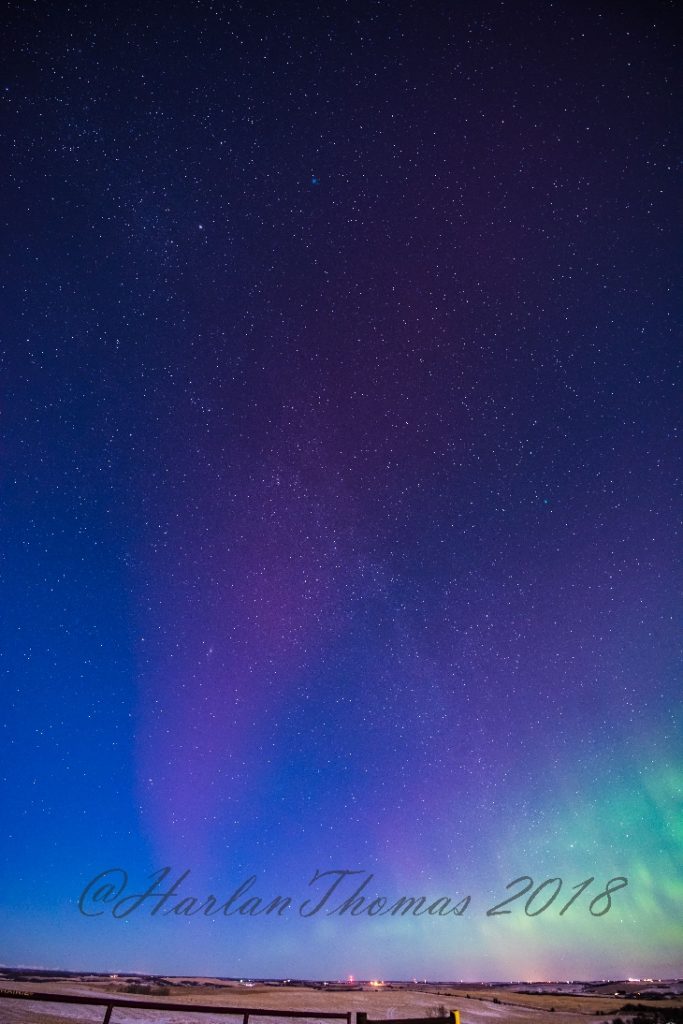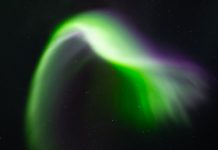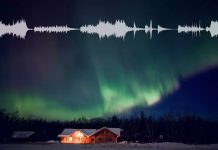The sun has been without spots every day for almost two weeks. No sunspots? No problem: A G1-class geomagnetic storm erupted last night, sparking bright auroras around the Arctic Circle. Yes very weird indeed! Here some amazing northern lights captured in Alaska:



Similar displays were reported over Iceland:

In Canada, STEVE and Comet Wirtanen made an appearance as well:

This storm was caused not by sunspots, which have been absent for most of 2018, but rather by a hole in the sun’s atmosphere – known as coronal hole – and pictured on Dec. 24th:

Solar wind flowing from the hole hit Earth’s magnetic field during the early hours of Dec. 28th, instigating the storm. Such coronal holes are a primary source of space weather when sunspots are absent. During Solar Minimum, coronal holes open up and may remain open for months, periodically lashing Earth with solar wind as the sun spins on its axis.
More Solar Minimum auroras are in the offing. NOAA forecasters expect Earth to remain inside this stream of solar wind for another 24 to 48 hours, punctuating 2018 with a splash of Northern Lights.
Follow us on Facebook and Twitter or become a Patron on Patreon / donate through Paypal. Please and thank you
[Sacha Layos, Harlan Thomas, Jónína Óskarsdóttir, SpaceWeather]












Bonsoir,
Ce sont les noyaux d’étoiles qui ont pour effet de faire augmenter la production du soleil alors que Le soleil est sans taches actuellement. Cela ne me surprend pas Parce que en intéragissant avec cette matière cela a tiré plus d’énergie hors de lui.Ce qui provoque ces tempêtes géomagnétique..Ces objets qui ont envahi le soleil sont en train de le faire mourir, il est déjà devenu sombre .A bientôt